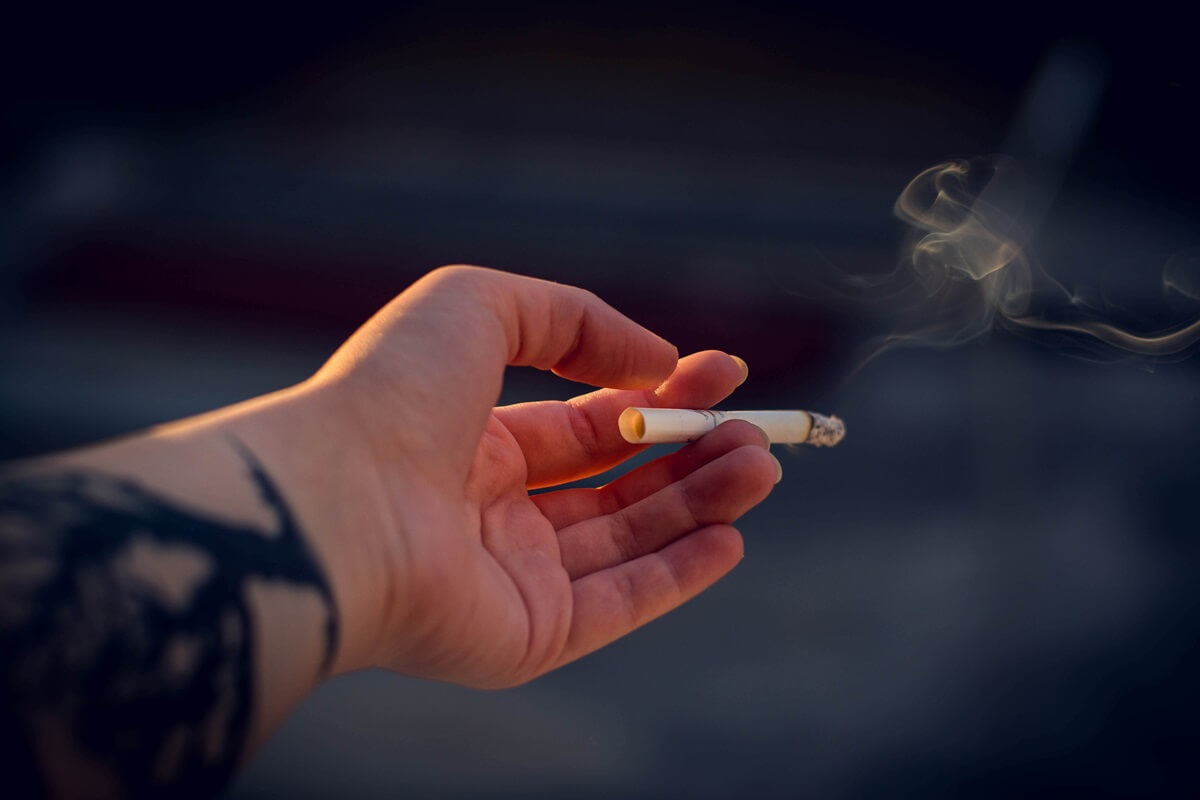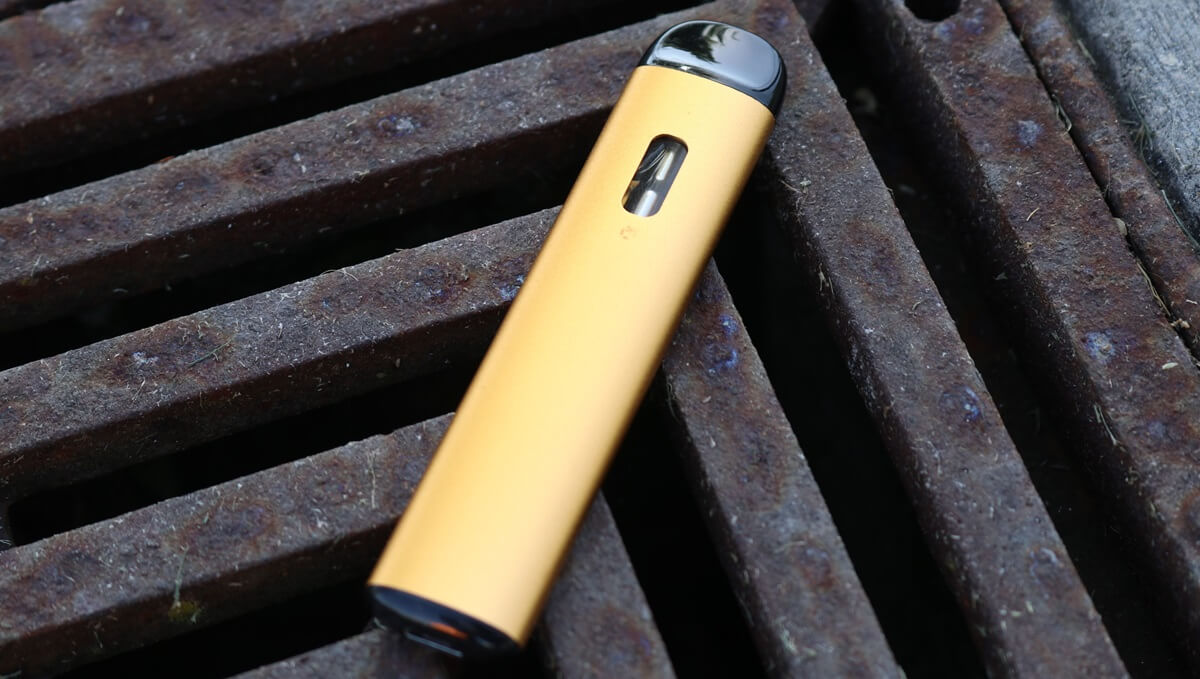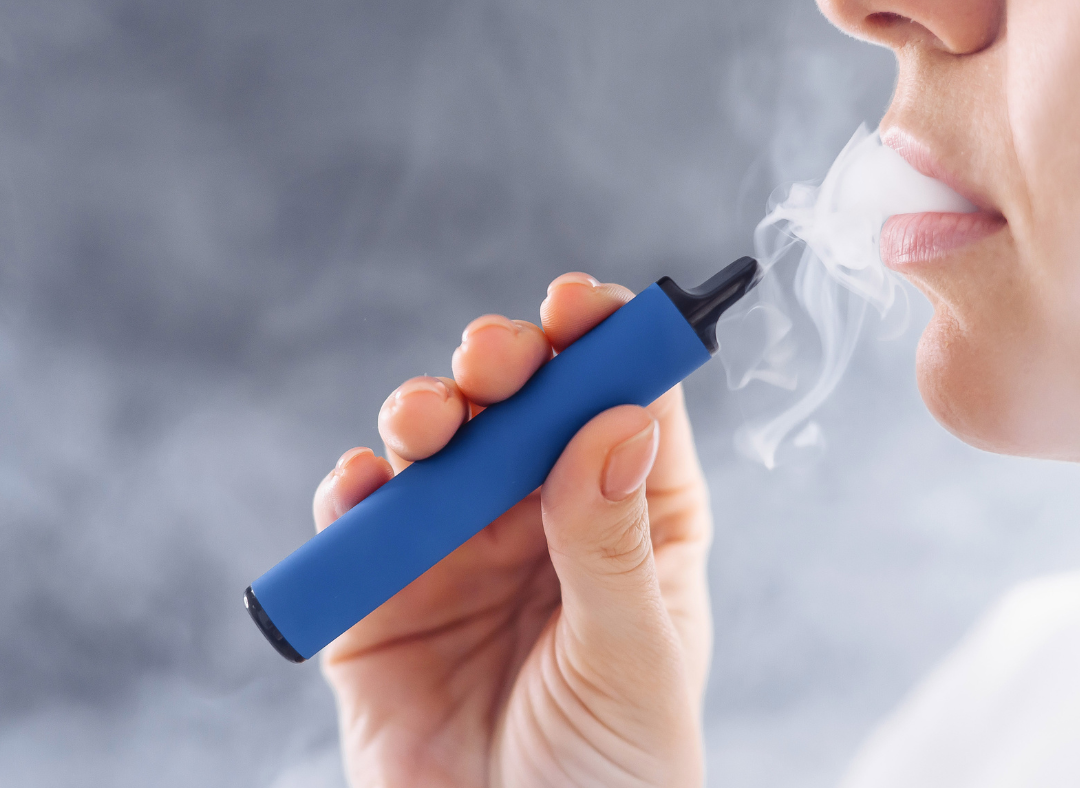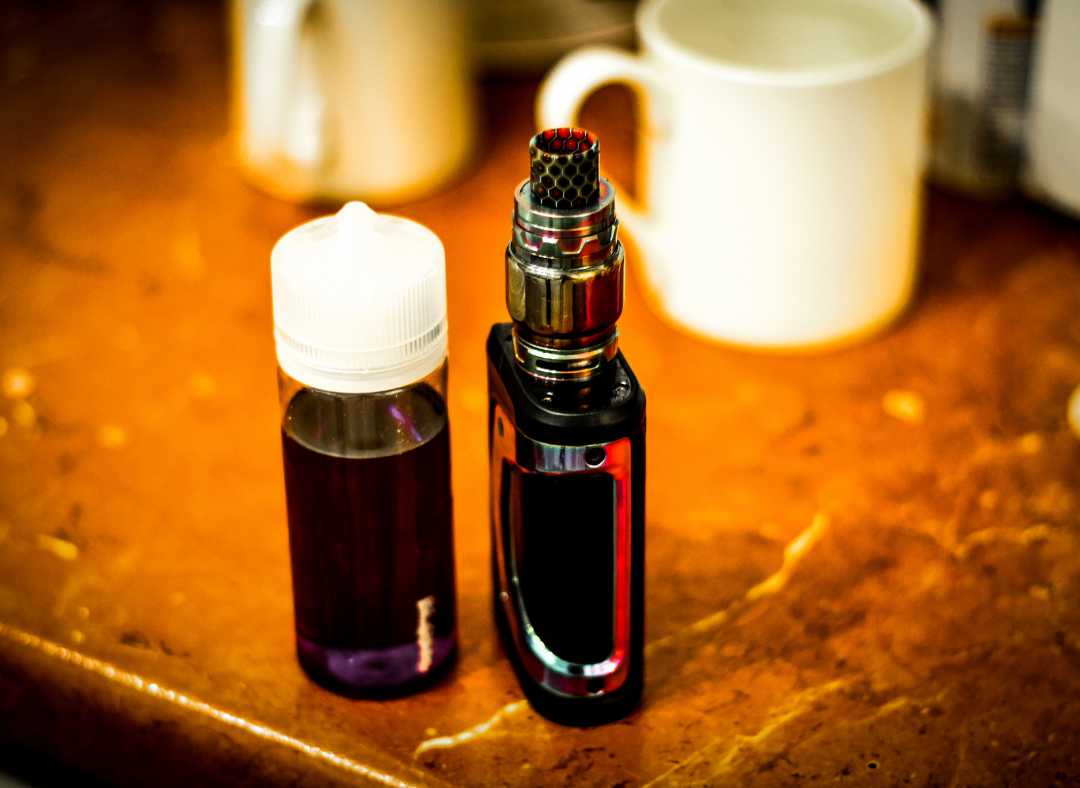Smoking remains the leading cause of preventable death in Australia, killing more than 20,000 Aussies every year. Quit Clinics primary mission has always been to help smokers quit. All Quit Clinics doctors are Authorised Prescribers of Nicotine, and all have a passion for helping smokers quit.
Quit Clinics is also focussed on not only helping smokers quit smoking, but helping them quit nicotine altogether. While hundreds of thousands of Australians have quit smoking via switching to vaping, there is no evidence that vaping is any less addictive than smoking, and if a vaper isn’t careful, it can be even more addictive than smoking. While vaping is a safer option, it’s important to realise that that doesn’t mean it’s safe – it’s just safer than smoking, like almost everything is. Vaping really should only be used by smokers who have already tried to quit using safer methods, like cold-turkey, nicotine gum or nicotine patches. If these methods haven’t worked, nicotine vapes can be an effective tool to help a smoker off the cigarettes, but that’s only half the job done. The next step is quitting nicotine altogether, which will be the focus of this blog.
Is vaping as addictive as smoking?
Most people know that cigarettes are addictive because they contain nicotine. Vapes that contain nicotine can be just as addictive, and for a couple of reasons, can potentially become more addictive.
The first is the strength of nicotine that is contained in many vapes. An average cigarette contains 6-12mg of nicotine, however the majority of this nicotine is burnt off, rather than inhaled and absorbed by a smoker. This means that roughly 1mg of nicotine is absorbed by a smoker with each cigarette smoked. With vaping, a higher proportion of nicotine is absorbed. ‘Freebase’ nicotine vaping liquid typically contains anywhere from 3-20mg of nicotine, the stronger the nicotine, the harsher it feels on a user’s throat – for most users anything over 20mg feels too harsh, even 12mg can feel too harsh for many. This is where nicotine salts come in – nicotine salts are very similar to nicotine ‘freebase’, but the nicotine chemical is very slightly changed meaning that the harsh ‘throat-hit’ is removed, meaning that much higher nicotine strengths can be tolerated by the user. Nicotine salts can range anywhere from 0-60mg per mL – meaning 1mL of nicotine salt liquid can contain as much nicotine as is absorbed by smoking a pack of cigarettes.
Almost all of the illegal disposable or dispos contain very high-strength nicotine salts, typically 50mg (5%) or more. Illegal disposables, such as the counterfeit IGET vapes or counterfeit HQD vapes are currently widely available on the black market, being sold online, via social media or illegally under-the-table convenience stores. Not only are these counterfeit IGET, counterfeit HQD or other branded or unbranded disposable vapes typically made to low safety and quality standards, but they are also typically poorly labelled. These products often hide that they normally contain 50mg/mL of nicotine or more. Some of the bigger XXL or King devices, can contain 8-10mL of liquid, meaning one device can contain up to 500mg of nicotine – the equivalent of more than 10 packs of cigarettes. These illegal, often counterfeit, poorly manufactured and poorly labelled products need to be absolutely avoided.
The strength of disposable vapes is an important thing to be aware of because many smokers who wouldn’t be able to tolerate a pack of cigarettes, can much more easily absorb the same amount of nicotine, or more, via vaping, particularly via nicotine salts. It’s vitally important that if you’re vaping you’re aware of how strong the product is that you’re using, and you’re monitoring how much you’re using per day. Labelling of the product is also something that you need to understand, and it can be confusing. Many vapers mistakenly think that a product labelled 5% contains 5mg/mL, when in fact it contains 50mg/mL (there are 1000mg in one mL, not 100!). If you’re using a product that doesn’t clearly show the strength of product in mg/mL, and how many mL’s it contains, you should make it an absolute priority to switch to higher quality, clearly labelled product. All products sold in Australian pharmacies, and by reputable overseas suppliers should conform to the TGA’s TGO110 standard and will clearly show the strength in mg/mL, and how many mL’s are contained.
The second thing that can potentially make vaping more addictive than smoking, is that years of anti-smoking public policy has resulted in most public places becoming non-smoking areas. Smoking has become something that is viewed by many as an anti-social activity, and something that is very difficult to hide without upsetting a nearby non-smoker. This means smokers are forced to smoke outside, and away from non-smokers, by both law and social pressures. This can result in a smoker smoking less. While non-smoking areas are almost always also non-vaping areas, vaping can potentially be easier to hide. Although not advised, vaping indoors, or in public places is sometimes easier, where it is potentially less obvious or offensive to others. This can result in a user vaping more frequently throughout the day, at times/places they wouldn’t have smoked, and as a result absorbing more nicotine.
To summarise, vaping can potentially be just as addictive, or more addictive than smoking, if a vaper isn’t aware of the risks. It’s important to be aware of your dose, monitor how much you’re using, and to limit your usage by making a conscious effort to not vape at times you wouldn’t have considered smoking. Again, the illegal, counterfeit HQD disposable vapes and illegal, counterfeit IGET disposable vapes that are currently rife on the black-market, need to absolutely be avoided.

How do I quit vaping?
For many smokers or ex-smokers, their primary motivation is to simply stay cigarette free. While this is the main battle, it’s not the end of it – the end goal needs to be completely nicotine free. Nicotine is incredibly addictive, and while in itself is relatively harmless, at least compared to the other chemicals absorbed by a smoker, vaping is not risk-free. Yes, vaping is safer than smoking, and yes, many of the harmful chemicals in smoke aren’t present in inhaled vapour. However, some of the harmful chemicals in cigarettes are also present in the inhaled vapour, albeit at generally lower levels.
The safest option is to be completely smoke AND vape free. Most vapers do care about their health, or they wouldn’t have made the switch in the first place. Not all vapers want to, or feel ready to quit, but many do want to quit, and most at least want to reduce their dose, if for no other reason than to save money.
Unfortunately, there’s very little medical advice or research available which explores the best way to quit vaping. This is largely because vaping is a relatively new phenomenon. Fortunately, much of what we know about quitting smoking, can be applied to quitting vaping because both are forms of nicotine addiction. Most Australian GPs aren’t experienced prescribing nicotine vapes, but almost all are very experienced in treating nicotine addiction. Even if your GP isn’t comfortable prescribing nicotine, or they’re not a TGA Authorised prescriber of nicotine, they will be able to help, particularly if you’re open and honest about your desire to quit vaping. Below are some options that you can discuss with your GP.
Quit Vaping Cold-Turkey
If you’re very motivated to quit nicotine, and quit quickly, quitting cold-turkey might be the best option for you. Quitting ‘cold-turkey’ means cutting all nicotine to zero on the day you decide to quit. This method is arguably the hardest, but it is also the most common successful quit method when it comes to quitting nicotine – more smokers that have successfully quit have quit nicotine have quit via cold-turkey than any other method. The first few days are the hardest, and you’re likely to be very irritable. It helps to have a good support network, let your friends and family know what you’re doing, so they can provide support and understanding when you will most likely not be in the best mood. Quitting cold-turkey is always worth a shot first. It’s also the cheapest method of quitting!
Quit Vaping By Tapering/Weaning (Cutting Back Gradually)
If quitting cold-turkey hasn’t worked for you, or it feels too daunting to drop to zero nicotine immediately, gradually cutting back how much you’re vaping is a good option. One of the advantages of vaping is that a variety of strengths are available, which allows a vaper to gradually taper down or ‘wean’ the nicotine dose that they’re vaping. If you’re using this method, it’s vital to monitor how much liquid you’re using per day, as well as the strength. Know exactly how much liquid you’re using, or how long one pod or tank lasts, and try and reduce this a little bit each couple of days. Unfortunately for some vapers that use this method, stepping down in strength/concentration results in them compensating by vaping more. It’s vital that when stepping down in strength that you monitor how much you’re vaping, and making a conscious effort not to compensate and vape more. Using a nicotine patch or gum as a substitute on days that you’re stepping down can potentially help with this. All Quit Clinics patients who are prescribed nicotine, are also provided a weaning schedule to assist with tapering their dose over time.
Quit Vaping via other nicotine replacement therapy (NRT)
If you’re wanting to quit vaping, but are worried about nicotine withdrawal, or don’t feel ready to quit nicotine altogether just yet, switching to nicotine gum or patches is a good option. Nicotine patches and gum are used to treat nicotine withdrawal, and are safer way to consume nicotine than vaping and smoking. Not only is nicotine gum and patches safer than vaping, they are also much easier to access legally. You can purchase nicotine gum and patches, or other options like nicotine lozenges or sprays from most pharmacies and supermarkets without a prescription. If you’re unsure on what dose might be right for you, your local pharmacist, GP or Quit Clinics doctor can help.
Quit Vaping via Medication
Prescription medication is available, which is best prescribed by your GP, which reduces nicotine cravings. This medication is only available on prescription and does have potentially serious (although rare) side effects, which mean closer monitoring is required. This medication has traditionally been used exclusively in smokers, but for vapers with a significant nicotine addiction, who are motivated to quit, it is a potential option to discuss with your GP.
To summarise, vaping is a safer option than smoking, but it isn’t the best option – the safest option is to be both smoke and vape free. Vaping is only appropriate when safer options to quit smoking, like nicotine gum and patches haven’t worked. If you are vaping, you can minimise your risk by avoiding illegal, high-strength disposable vapes, like the counterfeit HQD and IGET products currently being sold on the black market. You can also reduce your risk by limiting the amount you’re vaping – the less you vape, the lower the risk. There are a number of options to help treat nicotine addiction, and although not all GPs are experts when it comes to vaping, knowledge is increasing, and most GPs do have significant experience treating nicotine addiction. Quit Clinics doctors are always happy to help, if you, or your have any questions, we’ll always get back to you within 24 hours.
By Dr Samuel Murray
BMed (University of Newcastle), MBA (University of Cambridge), TGA Nicotine Authorised Prescriber
References and Resources
Smoking and health 2021: A coming of age for tobacco control?
RACGP Pharmacotherapy for smoking cessation






